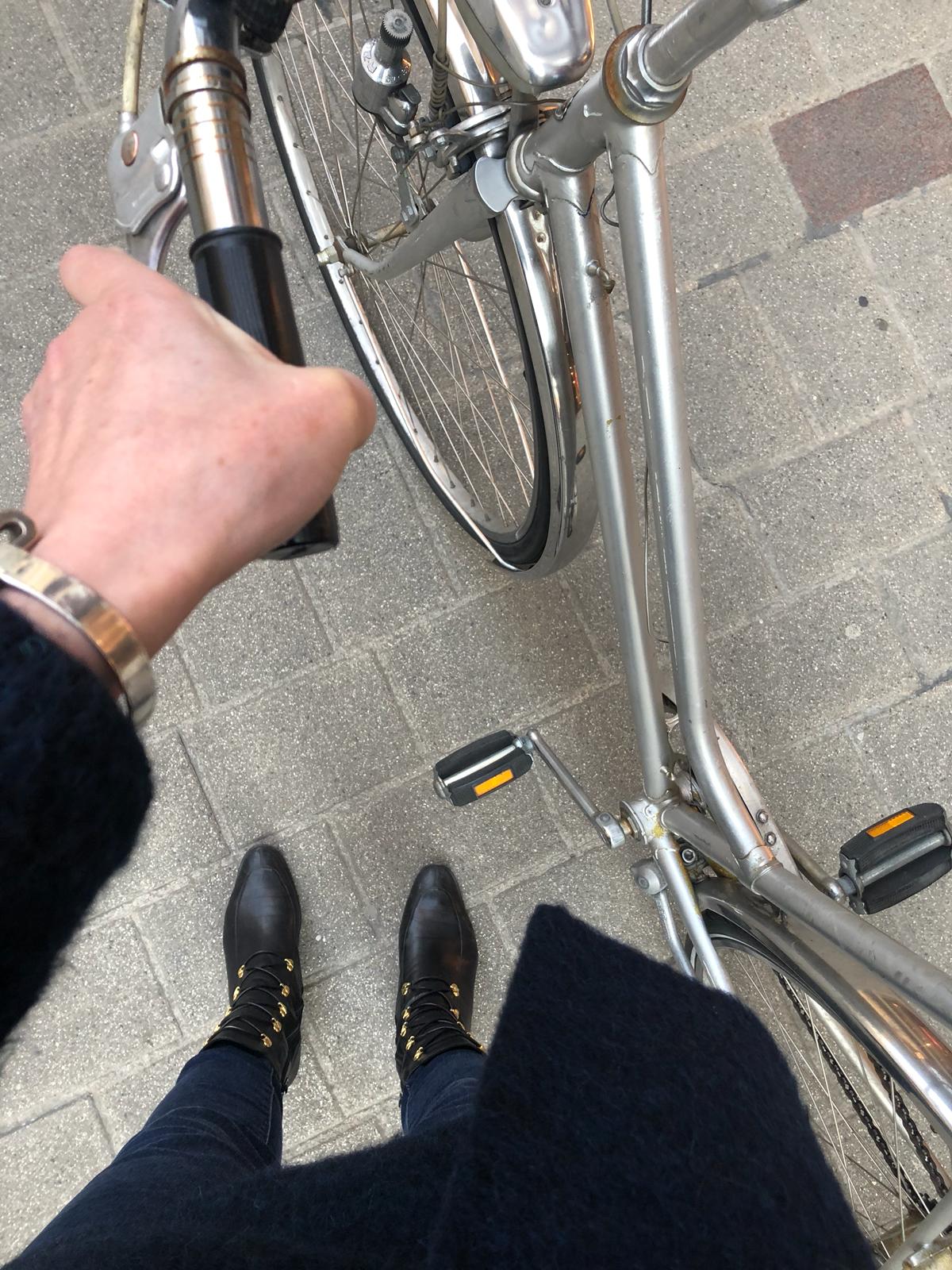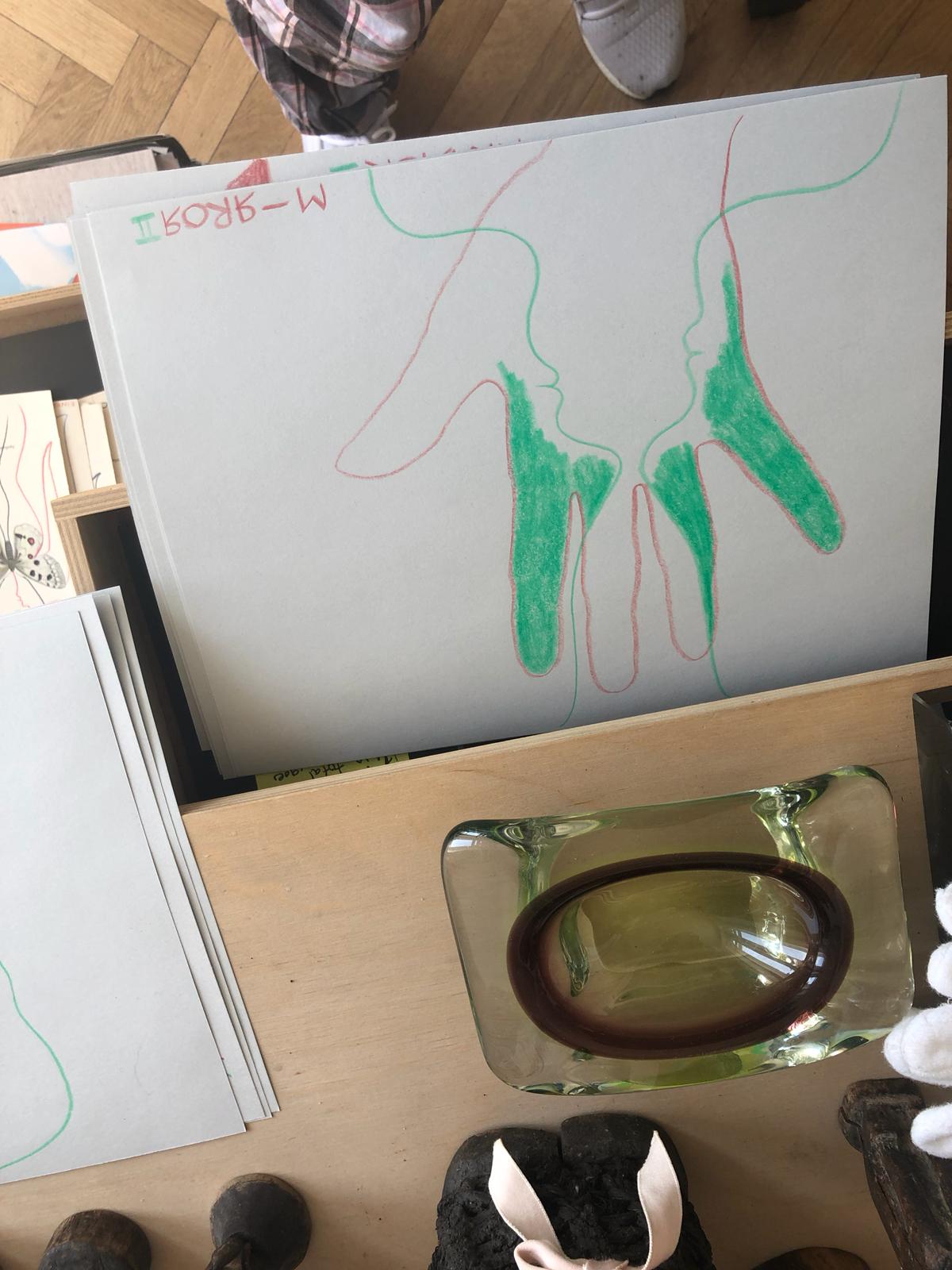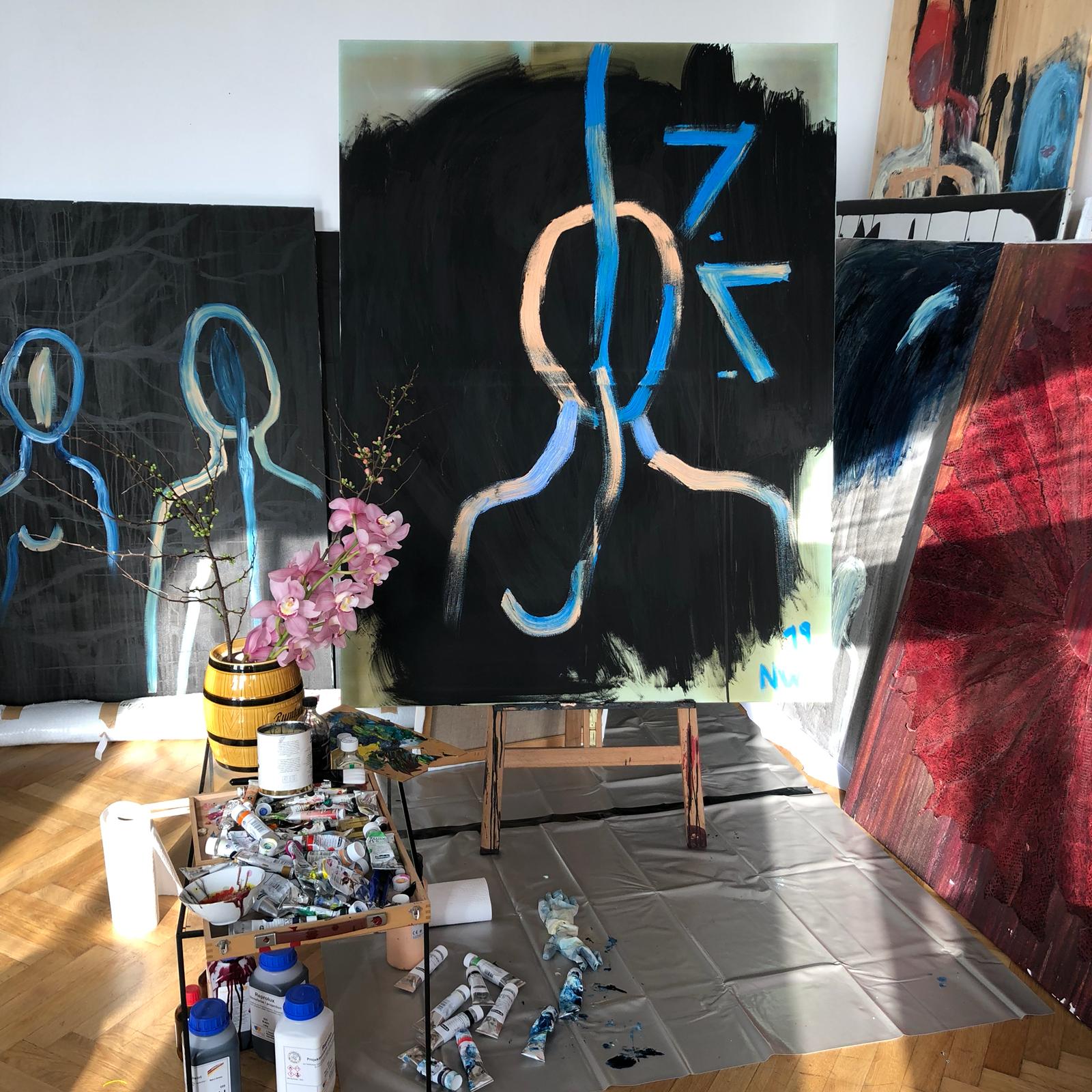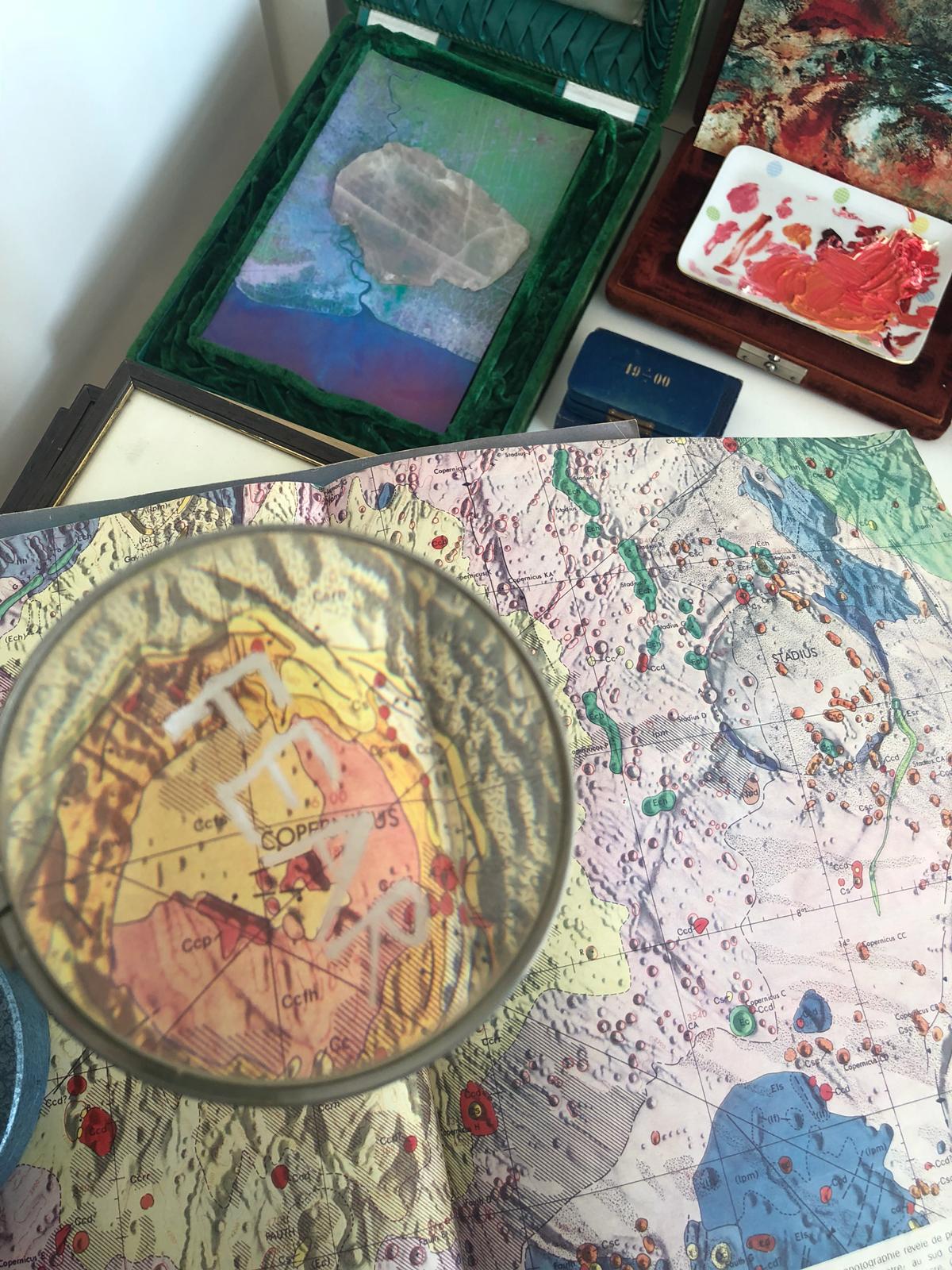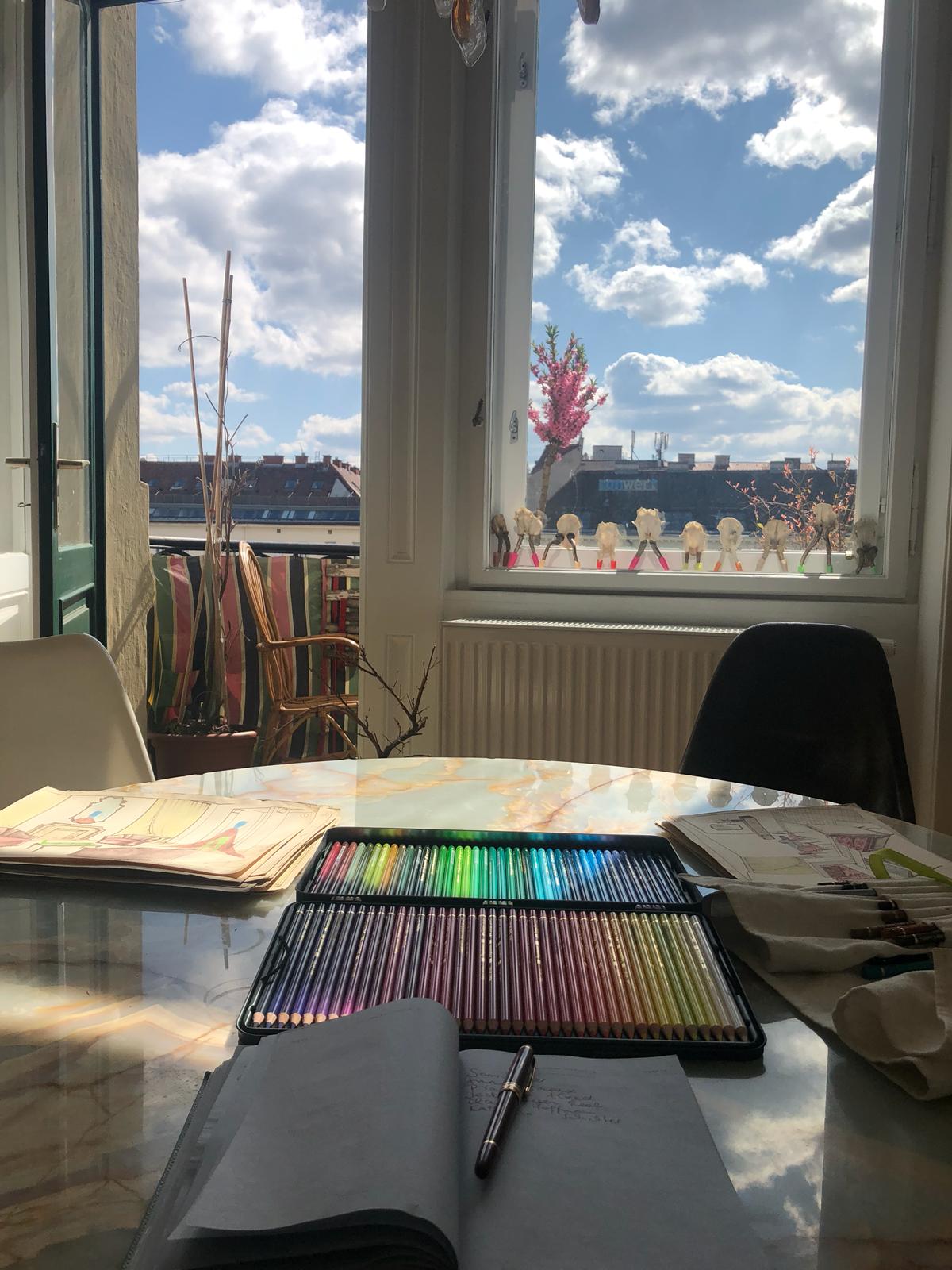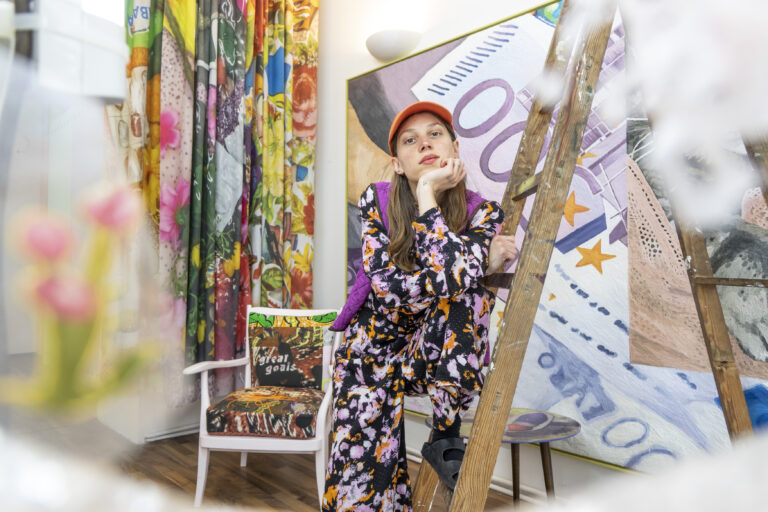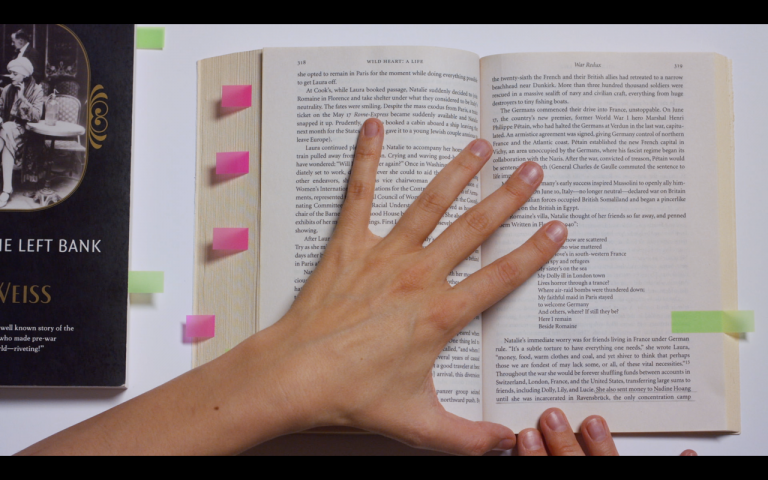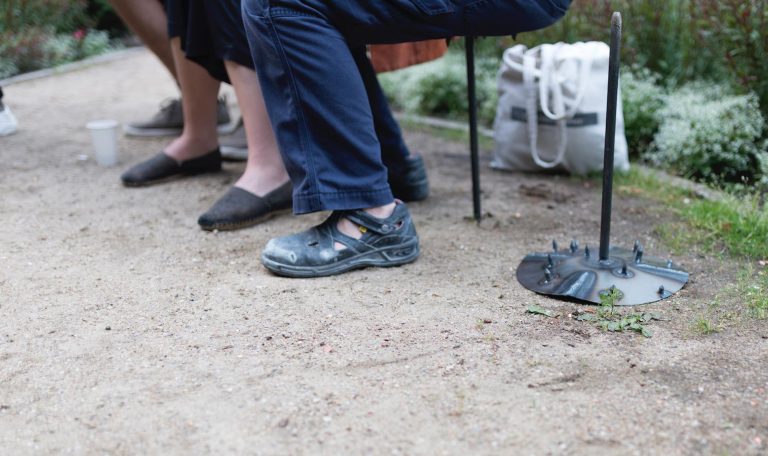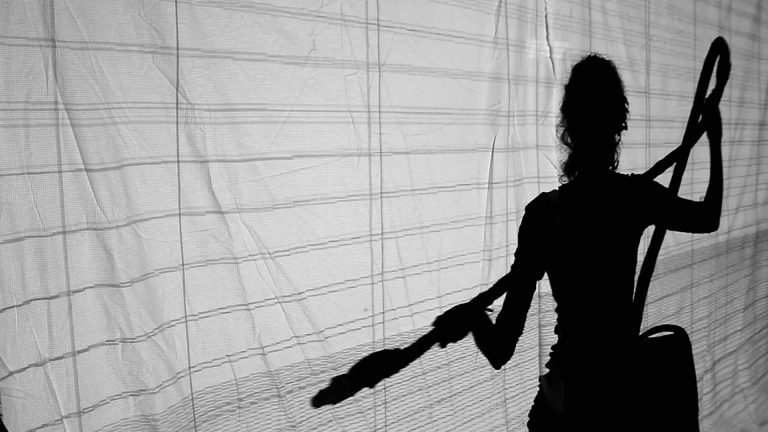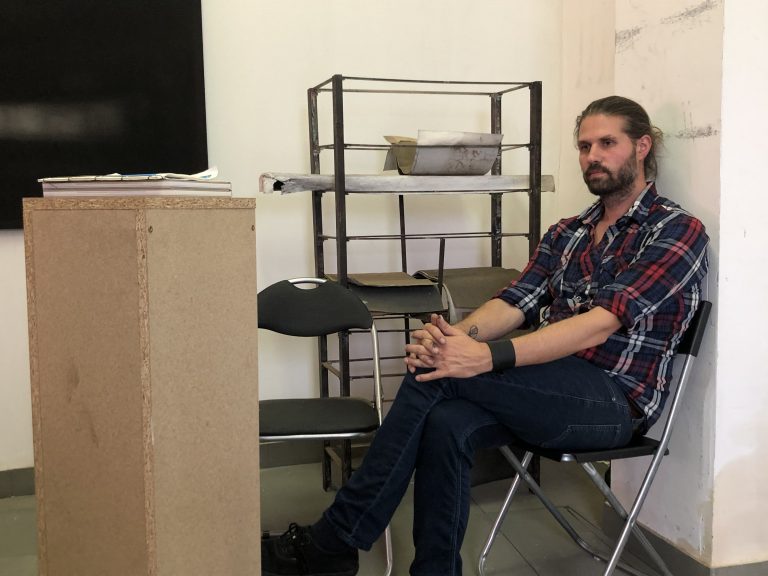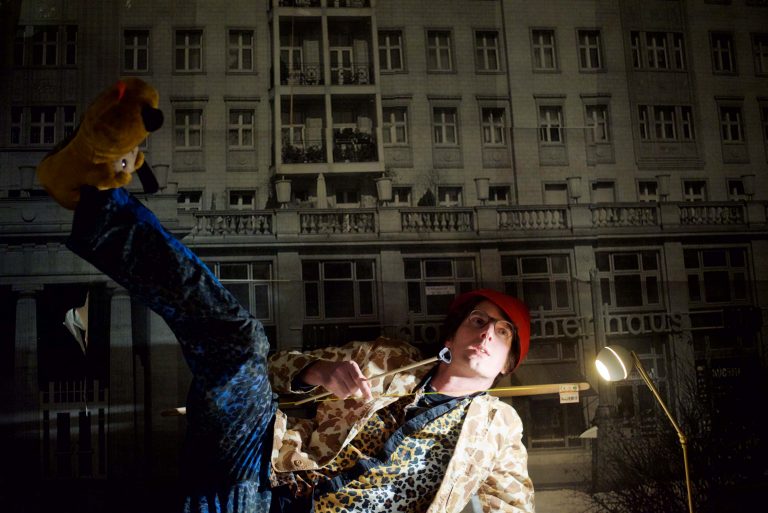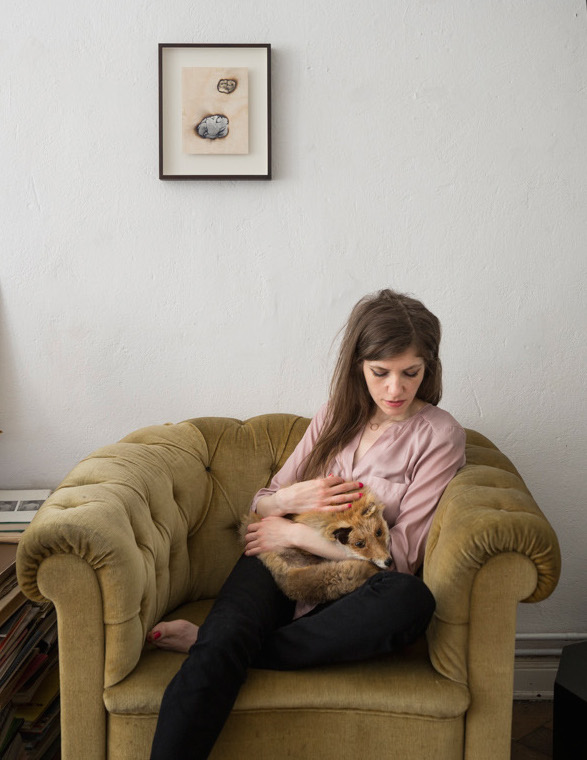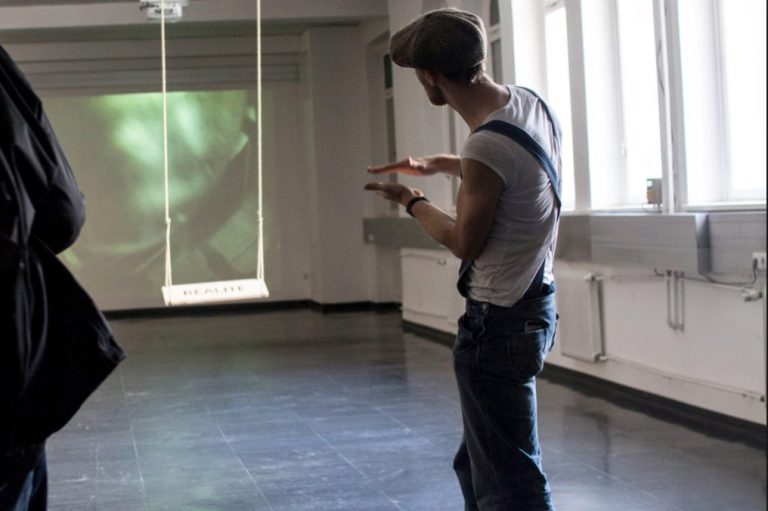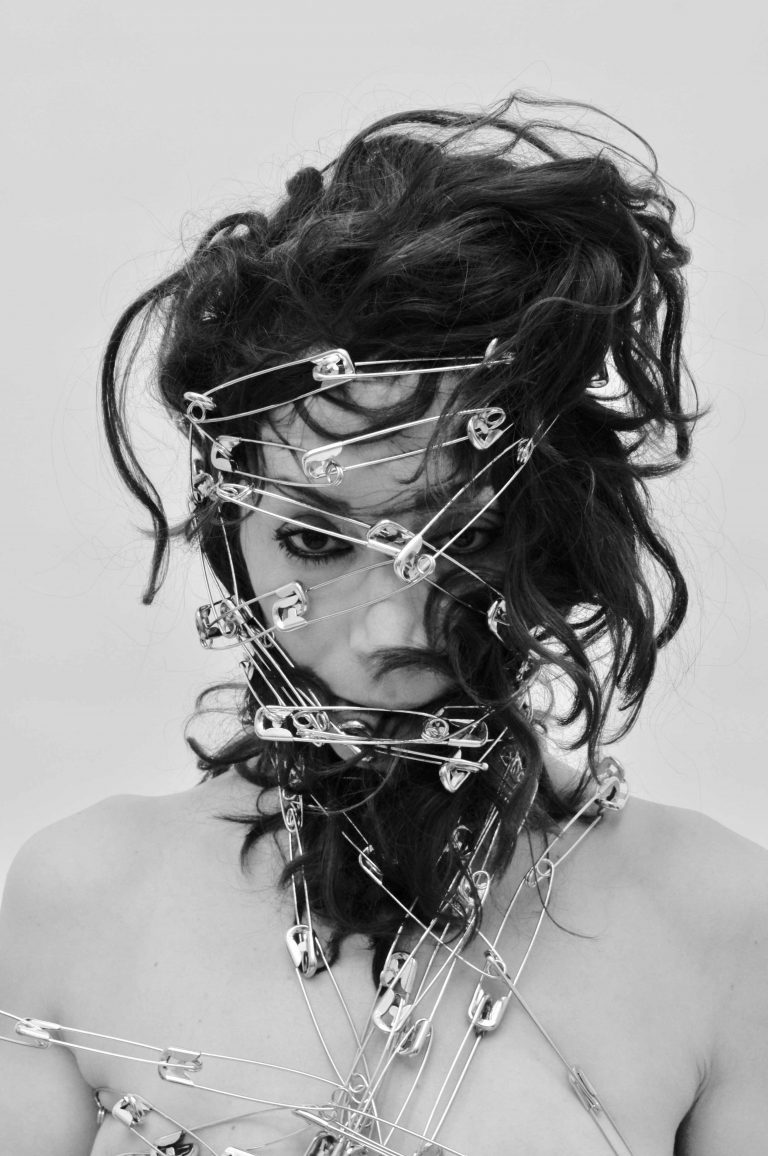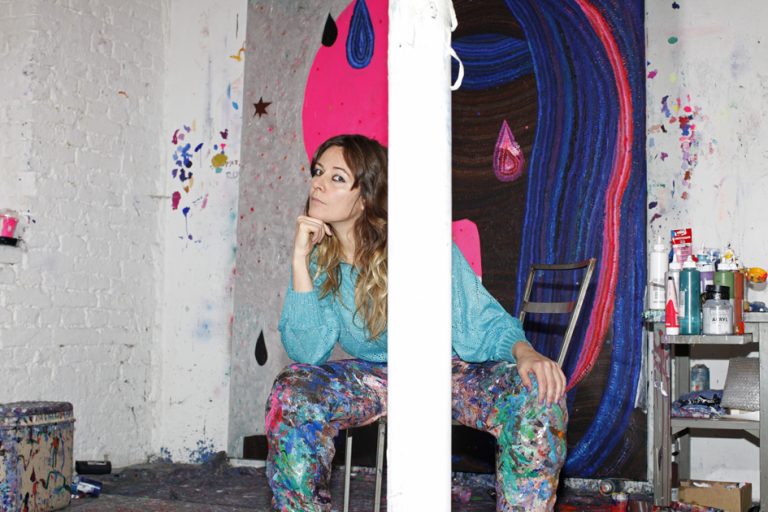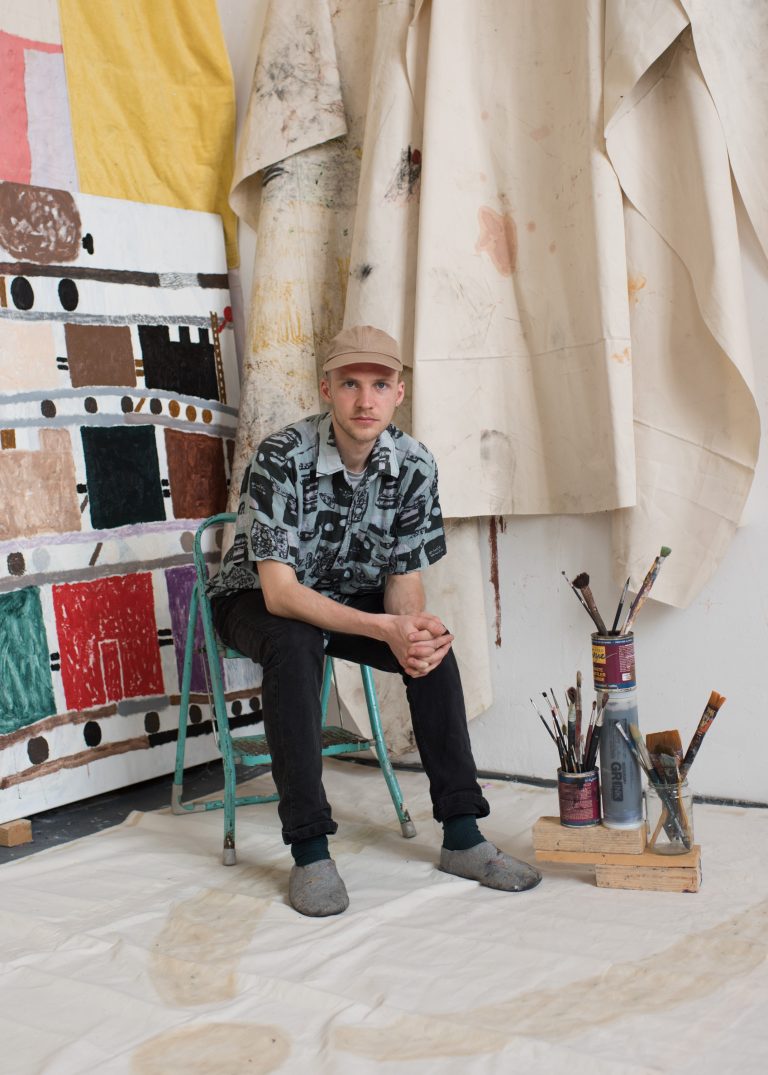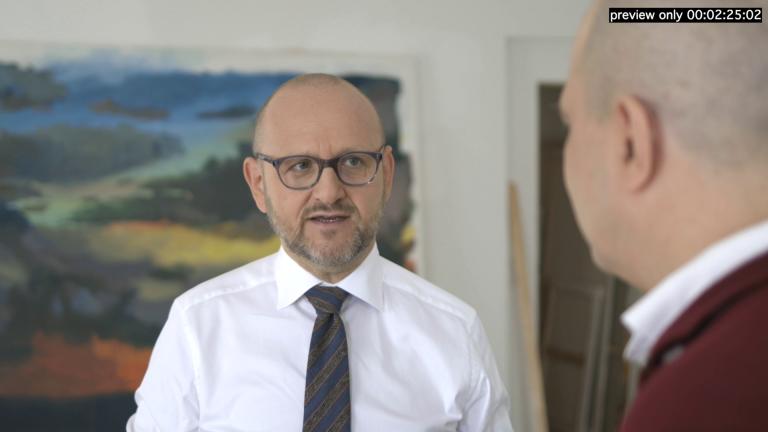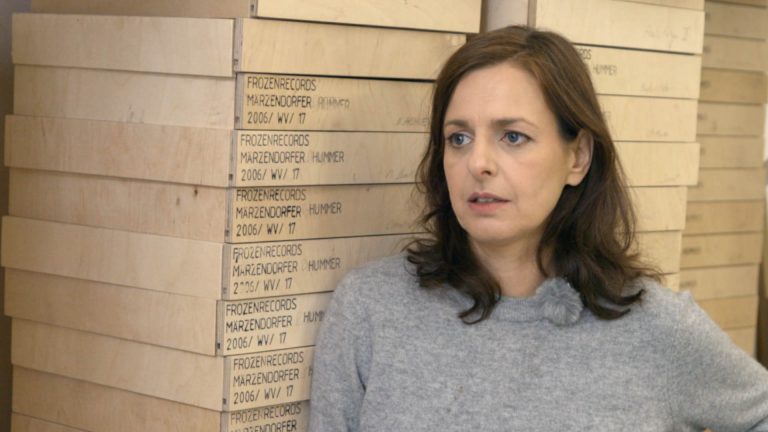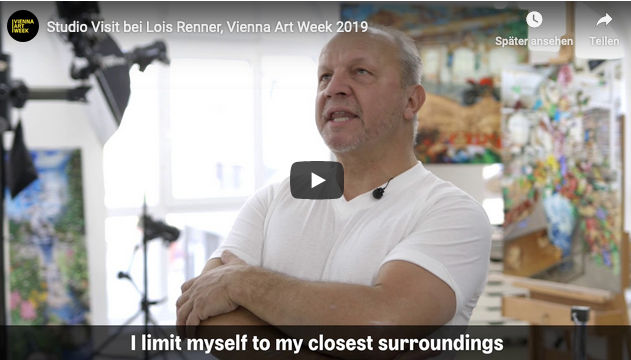Nives Widauer
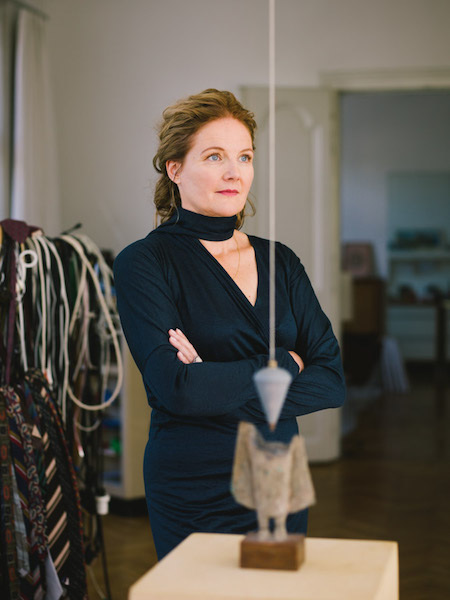
© Daniel Gebhart de Koekken
We met Nives Widauer, who has created her own cosmos over the years. She follows different techniques and combines analog and digital features in her works. Transformation is one of her core themes.
Often artists have a specific theme, some work strongly with their own biography, others more with the world around them.
…My biography is shaped by the world around me, and therefore I cannot see these two things separately. The connections and entanglements are manifold and complex. The foreign is often the most obvious and vice versa. Seen in this light, put into a nutshell, I explore my own life, the world around me. This can be in the micro- or macrocosmos – from the kitchen table to the stars and back or not.
What makes your way of working different?
I reflect. I am interested in layers and stories. And I connect different (thinking) spaces and move freely within them. Spaces are shadows, they dream. To have an idea of a thing is one thing. To get it into the outside, into the real, that is work. Not in the sense of diligence, in the sense of concentration, of courage and also of knowledge and technology.
You move virtuously through the most diverse media. What is it like for you when you acquire a new technique?
Nives Widauer: Curiosity paired with patience or even learning, a lifetime, that’s what makes me incredibly enjoyable – passion – just as much as working with ease, but also intimacy and without fear of having to conform to a certain image.
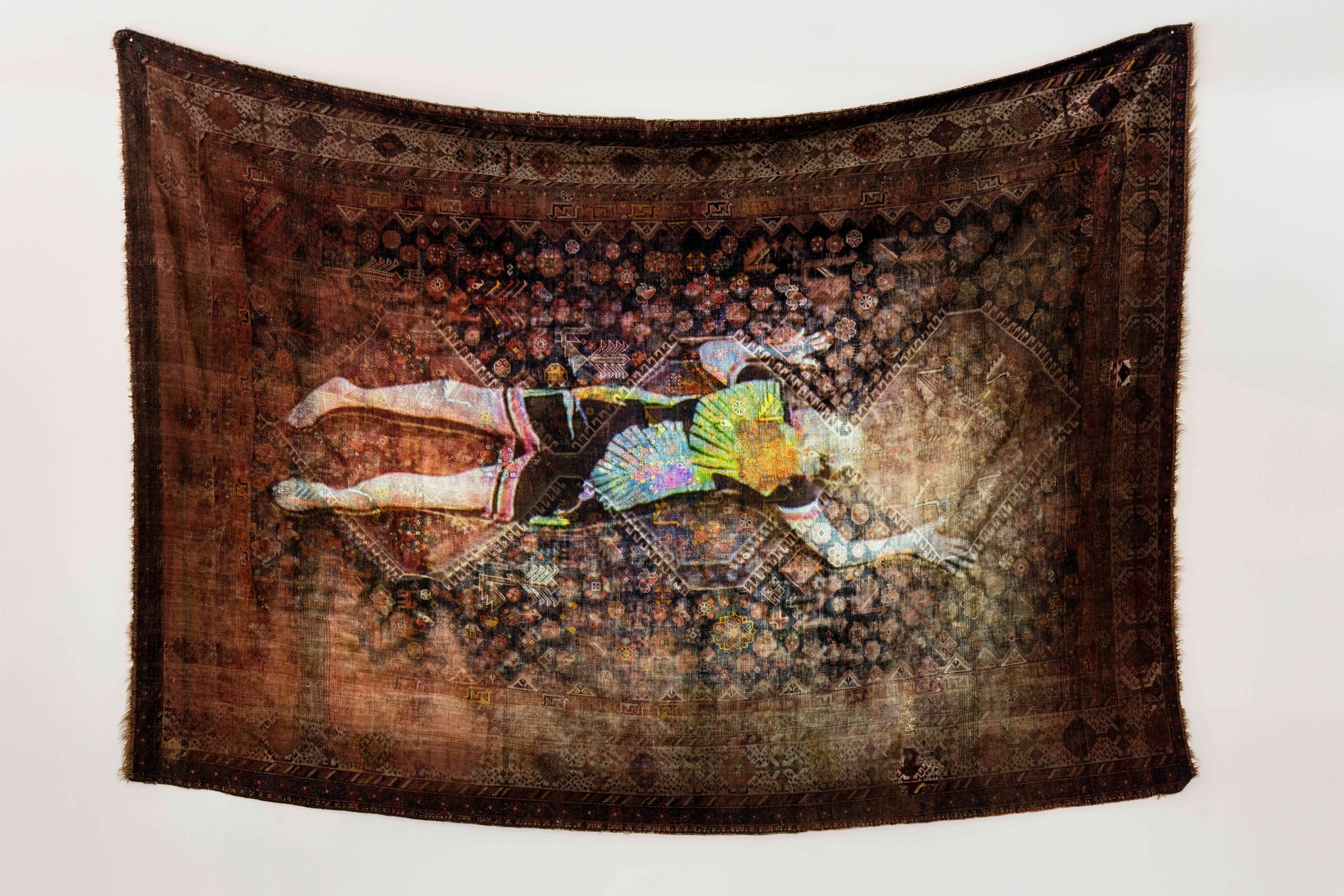
elsuenodelblanca Foto: © eSeL.at - Lorenz Seidler
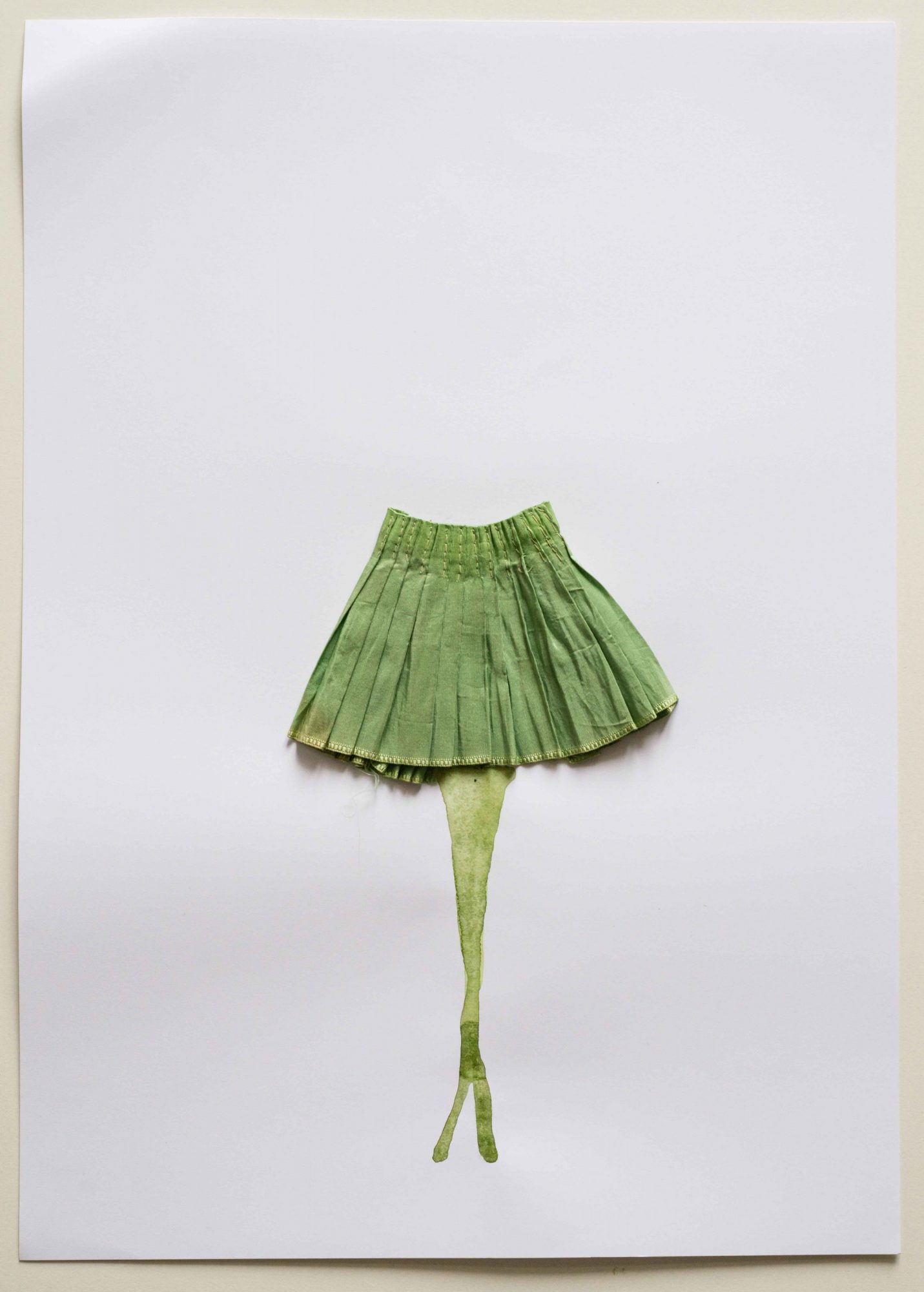
possibilities © Studio Nives Widauer
Nives, please tell us something about the creation process of your works.
Most of the time it takes many years from the idea to the realisation, it is not a straightforward process. Things are left lying around, being rethought, I test techniques. In the end, the impulse to complete is of various kinds. Mostly I make the works without a time target, but because I simply want to realize them. And because I like to stay in my own rhythm.
Do you have an exact picture of the finished work of art in mind right from the start?
Very much so, and the process is also about sharpening the imagination and bringing the real work closer to the inner image. That is the difficult part. It’s like dreaming: the dream image is logical and concise, writing or talking about it is more difficult, the re-enactment is very difficult. Then you often have to accept that the finished work is different from the idea of it. Like in the novel adaptation …
Where do you find inspiration for your work?
In life, everywhere. In conversation, in dealing with old art, with music, with archives. In dreams. In doing. In waiting.
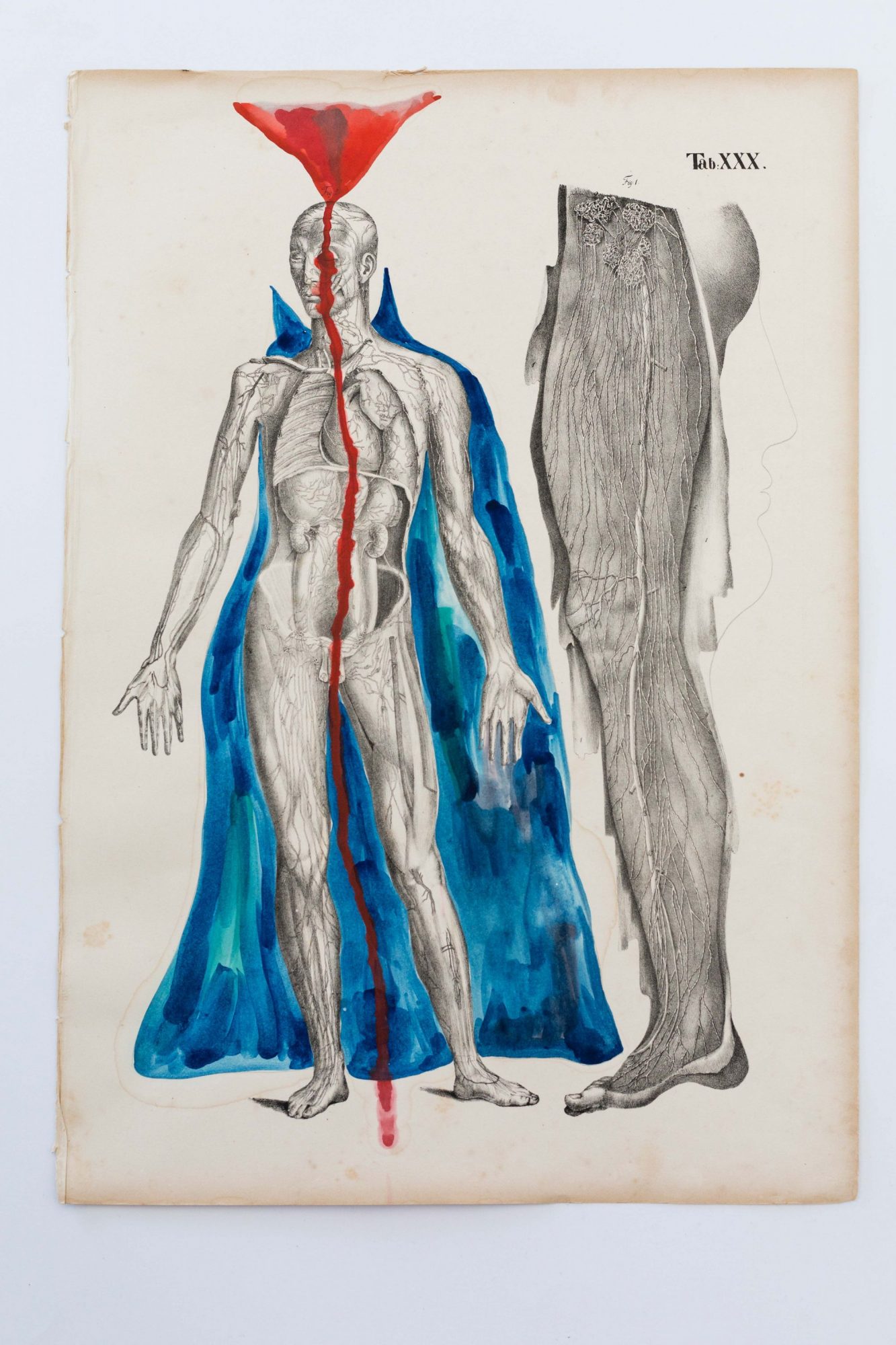
Paracelsus © Lina Schubert
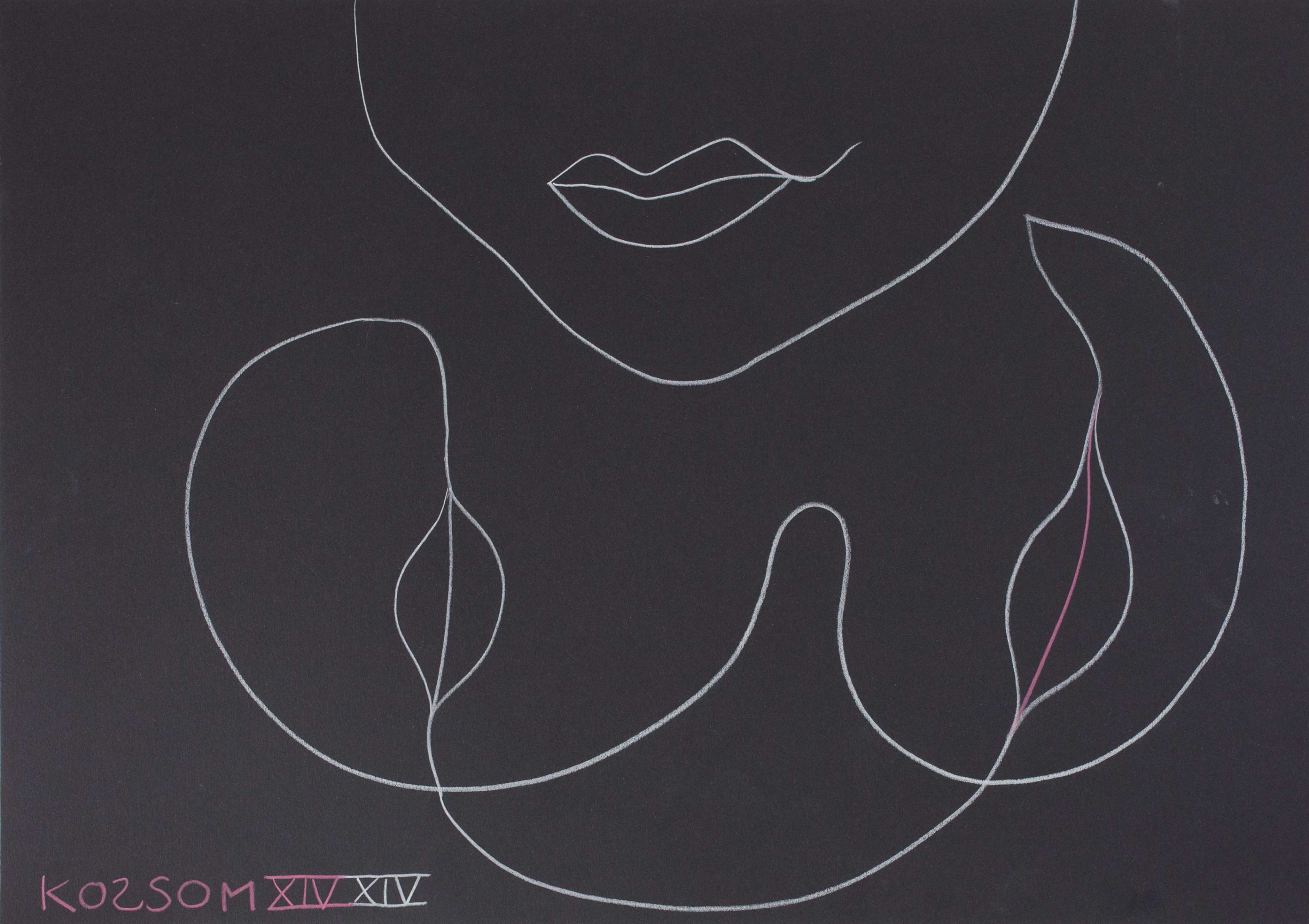
Kosmos © Studio Nives Widauer
Your studio is a very special place, it reminds you of a chamber of curiosities that invites you to discover. Do you separate work and living areas or does it blur?
The studio is my second skin, my extended body. That’s very me, I think. It’s no coincidence that my watercolour place is next to the stove. Cooking is central. But I also like going out for dinner …(laughs)
Do you travel much?
So currently my travels are of an inner nature. But yes, I am a traveller and feel at home in many places. Here I’d like to quote the philosopher Villém Flusser: “I am homeless because I have so many homes in me.” For me, that’s also a family trait. Our family is quite a mix of people from different backgrounds.
Do you have a personal work ritual that you like to follow?
I like to get up very early, the first hours of the day are often the clearest for me, I can think well. When I am absorbed in manual work, I like to listen to music. An ideal day is good work during the day and friends at the table in the evening – cooking and talking together.
What is especially important to you about your studio?
The light, the clear view of the sky, the proximity to the beach. (laughs)
What are you working on now?
A body atlas, a mosaic, new glass sculptures, I draw a lot. I am currently completing an installation cycle conceptually, the implementation will take place in the summer.
